Tunisia Travel Guide 2019
Palm-fringed beaches lapped by gas-blue seas - such is the image that attracts thousands of sun worshippers to Tunisia each and every year. But this small North African country is a lot more than just a beach destination. The interior offers ancient Roman ruins, incredible Islamic architecture, sprawling souks and vast romantic deserts punctuated with other-worldly oases. You may come for the beaches, but you'll stay for a whole lot more...
When to visit
Head to Tunisia between April and June to see the poppy fields of the north explode in red, during which time apricots are also in season. September and October are also ideal months to visit, since the fierce summer heat has subsided.
Costs
By European standards Tunisia is a very affordable country. The GBP-Tunisian Dinar rate has come off its peak of 4.00 to the pound, but you can still buy a great deal for sterling. For those with package deals, most costs are taken care of. However for independent travellers venturing inland, as a rough guide a meal costs around £3, a beer £1. A basic guest house will cost around £20 a night, while some five-star rooms can be booked for under £100.
Top attractions
Amphitheatre of El Jem
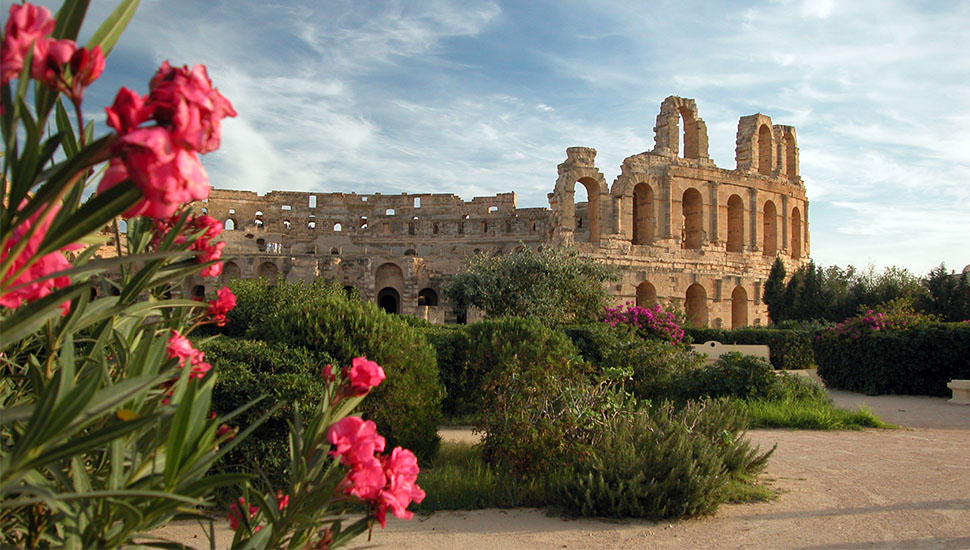 This is one of the best examples of a well-preserved Roman amphitheatre in the world. A vast structure that dwarfs its adjacent town, El Djem is a reminder of Rome's once-mighty grip on North Africa. Sit where thousands watched gladiators slay each other, or stalk the shady corridors once used by those same warriors. A top-rated UNESCO-listed site.
This is one of the best examples of a well-preserved Roman amphitheatre in the world. A vast structure that dwarfs its adjacent town, El Djem is a reminder of Rome's once-mighty grip on North Africa. Sit where thousands watched gladiators slay each other, or stalk the shady corridors once used by those same warriors. A top-rated UNESCO-listed site.
Carthage
Capital of the seafaring Phoenicians, Carthage was once a key rival to Rome. Once the epicentre of the Punic wars, Carthage now sits by the shimmering sea near Tunis. Not as concentrated or well-preserved as sites such as Ephesus in Turkey, but still incredibly important historically and well worth a visit.
Djerba island
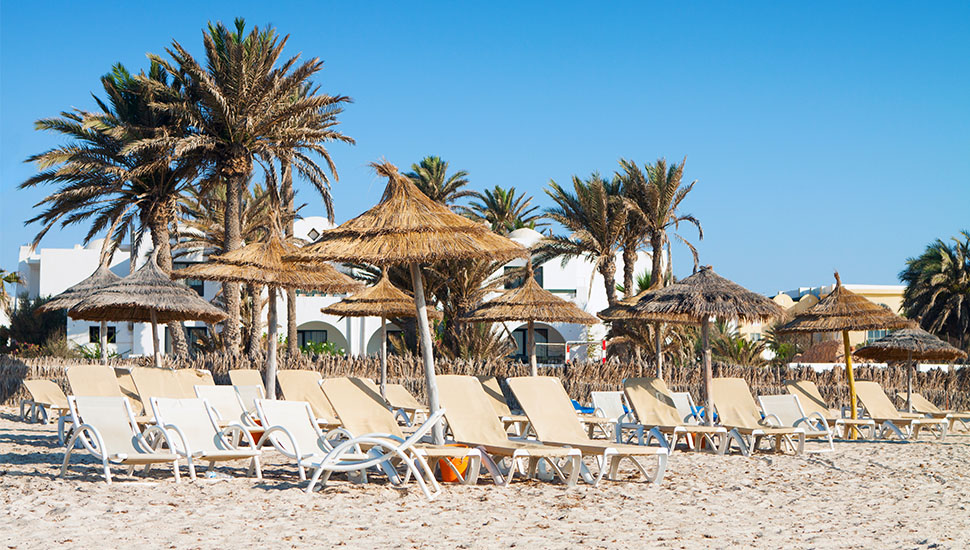
Beach enthusiasts cannot fail but to be enamoured with Djerba island, blessed as it is with date-palm fringed beaches and the white-washed buildings of quaint Houmt Souk. There's handicraft and haggling a plenty in Houmt Souk, but the sandy coastline is the main attraction.
The National Bardo Museum, Tunis
Arguably one of North Africa's most important museums, the Bardo boasts countless mosaics of the Roman and Byzantine eras, gathered from Tunisia's most impressive ruins. If you do visit Tunis, make time for this most absorbing of museums.
Grand Erg Oriental
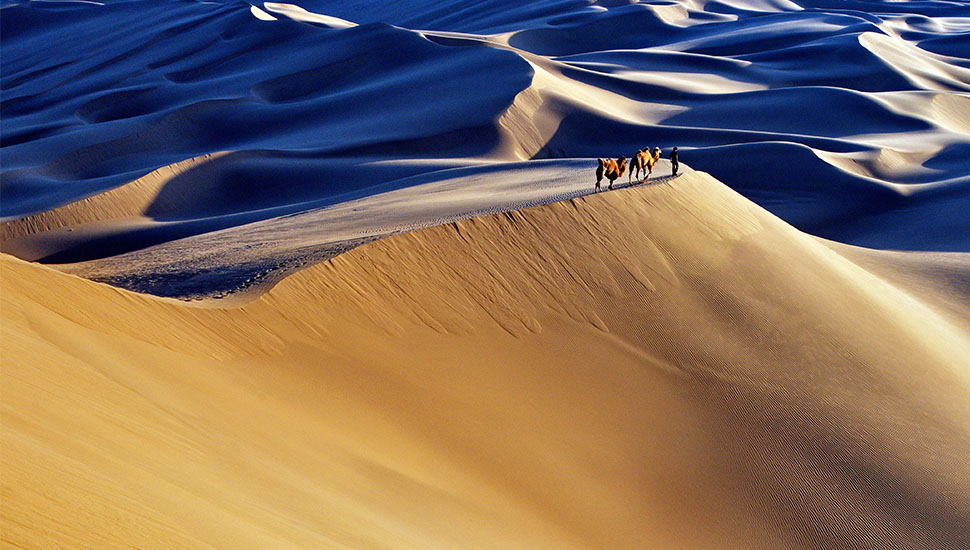 This stunning area of sand dunes is ever-shifting in the wind and provides a quintessential Saharan vista. You can choose to explore it by dune buggy, camel, or simply on foot. Nothing quite beats seeing the sun set over the Sahara.
This stunning area of sand dunes is ever-shifting in the wind and provides a quintessential Saharan vista. You can choose to explore it by dune buggy, camel, or simply on foot. Nothing quite beats seeing the sun set over the Sahara.
Sidi Bou Said
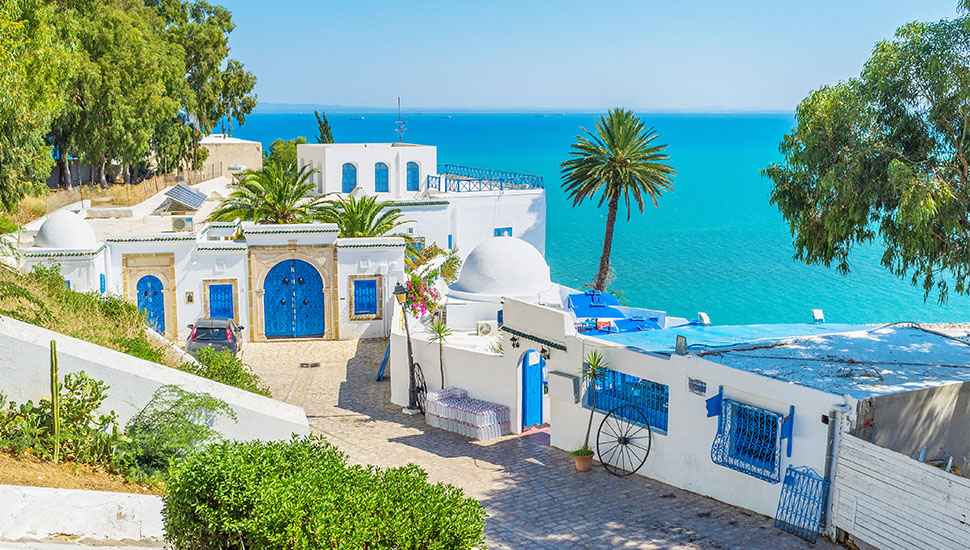
Tunisia's answer to Santorini, Sidi Bou Said is a charming seaside town whose buildings are painted a fetching white and blue. Rustic Tunisian architecture melds with the Mediterranean backdrop to create a beautiful, tranquil hangout spot. And if you fancy a spot of shopping, there are plenty of artisan and handicraft stalls.
Kairouan
Considered the fourth most important city of Muslim faith, Kairouan is a treasure trove of mosques, madrasas and tombs. While the many minarets and domes are impressive, the labyrinthine back alleys are arguably the most enchanting and atmospheric aspect of the city. It's quite simply like stepping back in time.
Bulla Regia
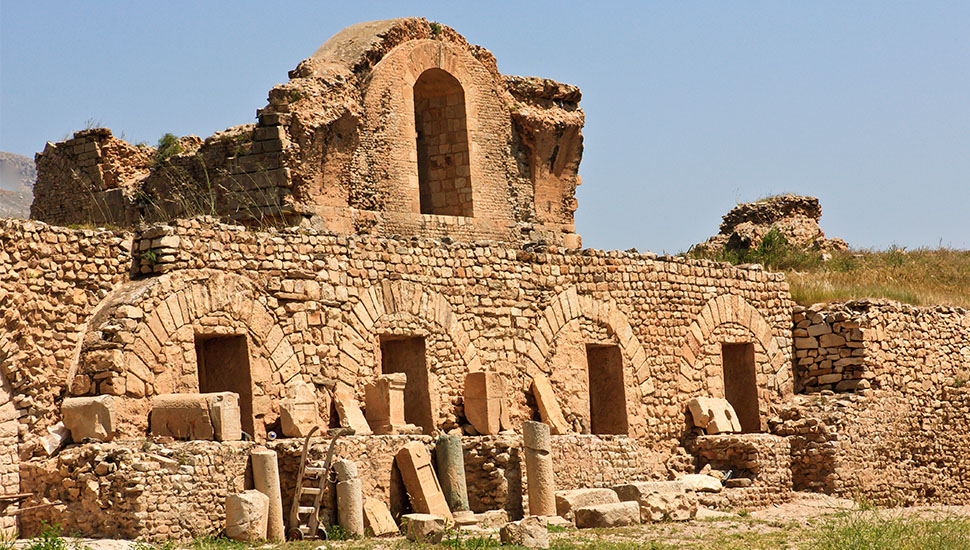 Among Tunisia's Roman ruins, Bulla Regia ranks as one of the most intriguing. Here you'll see how the Romans built their villages underground to cope with the excessive summer heat. What's so impressive is how well-preserved these buildings are - offering you another chance to time-travel.
Among Tunisia's Roman ruins, Bulla Regia ranks as one of the most intriguing. Here you'll see how the Romans built their villages underground to cope with the excessive summer heat. What's so impressive is how well-preserved these buildings are - offering you another chance to time-travel.
Sousse Medina
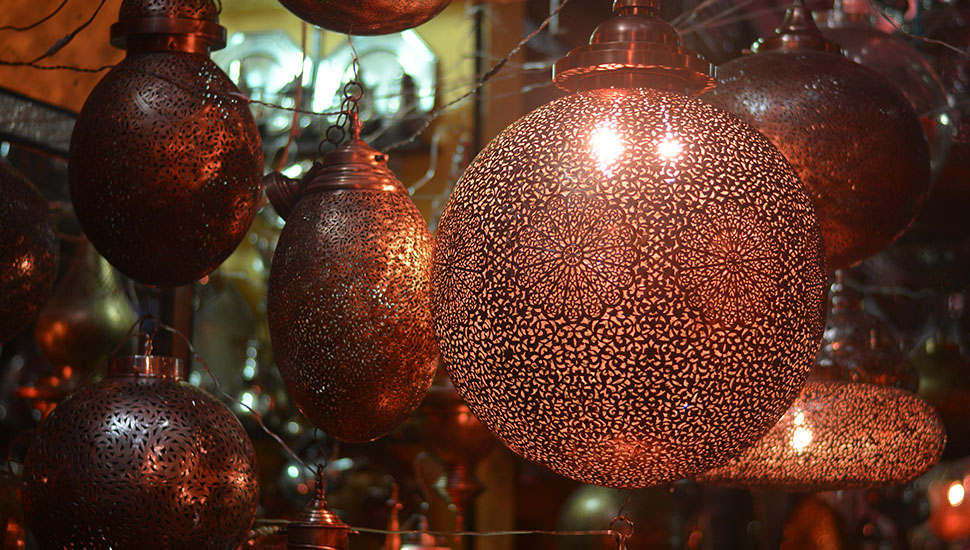
Dominated by the nearby fortifications of Ribat and Kasbah, the Medina of Sousse is another maze of narrow alleys where you'll discover delightful white-washed houses and shopping opportunities aplenty: leatherwork, metalwork and ceramics are the main wares.
Chott el Djerid
The white cracked ground of this mesmerising salt pan offers otherworldly panoramas - and the odd mirage on the quivering horizon. Take a day trip here from Tozeur. A very strange landscape indeed - and entirely natural.
Tunisian food
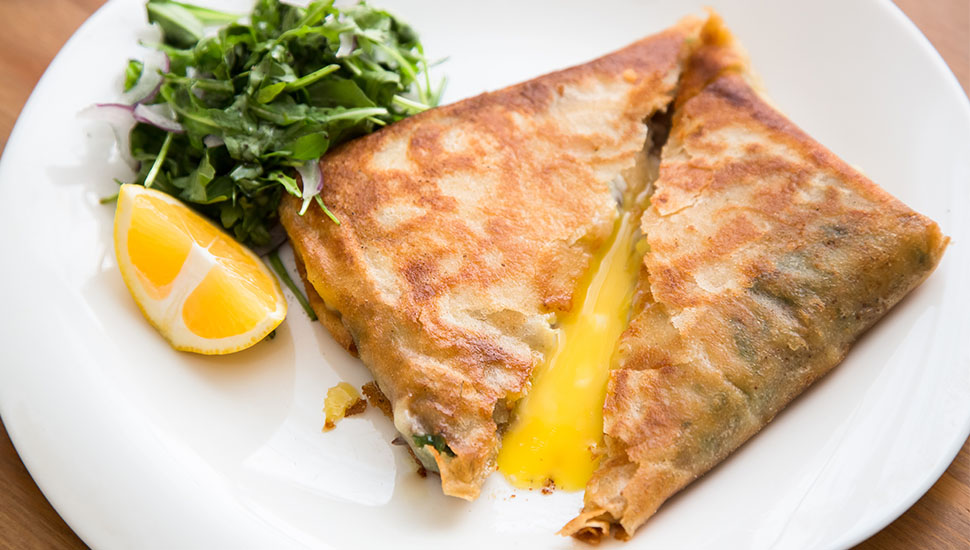
Perhaps the most famous of all Tunisian foods is the Brik - a delicate pastry filled with fried egg and tuna. Other filling choices include cheese and potatoes. You are also likely to encounter the filling ‘Tunisian salad' - consisting of tomato, onion, cucumber, beans, potatoes, olives, tuna and egg. Another popular salad is the Mechouia: red peppers, tomatoes and onions combined with oil, lemon, tuna fish and boiled eggs. If you're staying in a resort you'll find these dishes alongside regular Western foods.
Safety issues
Since the terrorist attacks on Sousse beach in 2015, the Tunisian tourism industry has struggled to recover. The FCO advises against all travel to the extreme south (on the Libyan border) and some areas near the border with Algeria on the east. The FCO does not advise against travelling in most of Tunisia, including Tunis, but does state: "terrorists are still very likely to try to carry out attacks in Tunisia, including against UK and Western interests."
The FCO warns Britons to stay away from demonstrations and to "Take out comprehensive travel and medical insurance before travelling."
Get a Quote